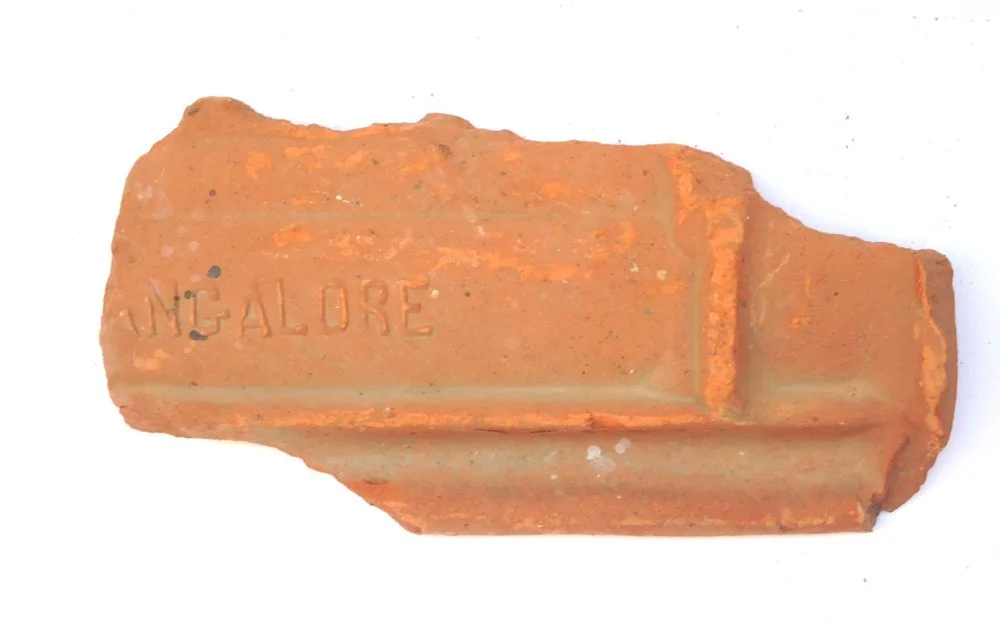Jufel Hurst School at Shahani Road, Karachi
The front façade of Jufel Hurst School | Copyright Marvi Mazhar & Associates
Historical Background of tiles:
The red clay tiles found on site were famously known as Mangalorean tiles because they were native to the city of Mangalore in India. They were introduced to the region by a German missionary, George Plebst (1823-1888), who was specialized as a mechanic but later acquired prolific skills in firing and glazing. He found huge deposits of clay in Jeppo (near Mangalore) near the banks of the Gurupura (also known as Phalguni) and Nethravathi (also known as Bantwal) river and thus laid the foundation of Basel Mission Tile Factory in 1865. The tile factory was located on the bank of Nethravati River, near Morgan’s Gate, around 0.1 km away from Ullal Bridge. It was the first tile factory of India, which not only produced roof tiles that met the need of well-fitted roofing tiles during pre-partition era, but also produced floor and ceiling bricks, ornamental and artistic earthenware, quality slaked and unslaked lime. Initially hand presses and mills driven by bullocks were used but in 1874, mechanical establishment was opened in Mangalore and by 1881, steam engines were used to power the presses. Mangalore tiles were the only tiles that were preferred for Government buildings during the British rule and they were also famous in India, Myanmar (Burma), Sri Lanka (Ceylone), East Africa, Middle East, Europe and Australia. In order to meet the growing demands of the Mangalorean tiles, factories were established in Puthiyara (1873), Kudroli, Malpe, Codacal, Olavakkode and Feroke. After the First World War, the Basel Mission Industries was taken over by the British Government and a new company, The Commonwealth Trust was established in 1919. The management was then transferred to the Indians in 1977, giving rise to the Commonwealth Trust (India).
Basel Mission Tiles found at bungalow FT-2/13 | Copyright Marvi Mazhar & Associates






